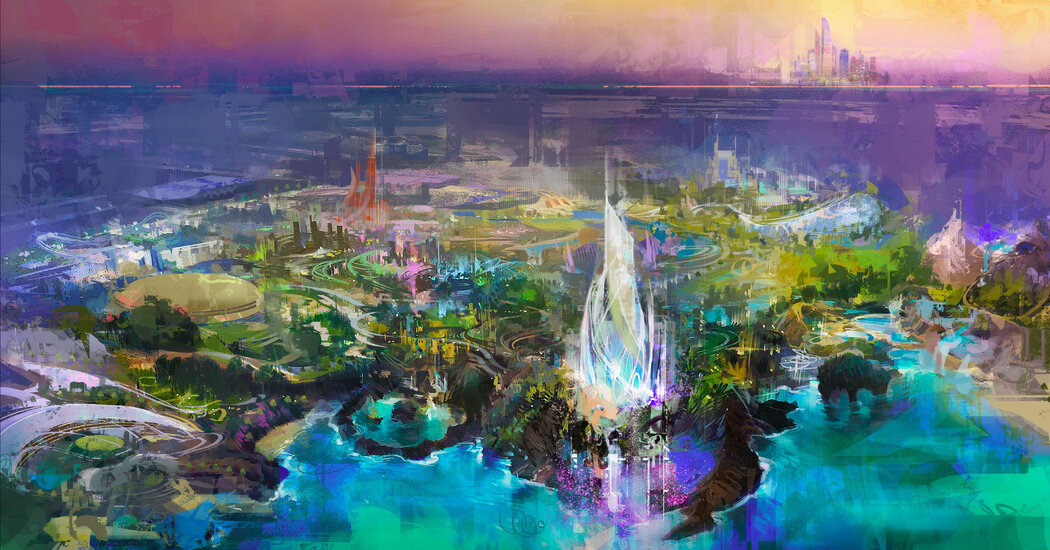In a move that’s sending shockwaves through the entertainment industry, The New York Times has revealed that Disney is poised to make headlines in the Middle East with the construction of a new Magic Kingdom theme park. This highly anticipated project marks a bold foray into uncharted territory for the beloved brand, as it prepares to transport its signature magic to a region steeped in ancient history and rich cultural heritage.
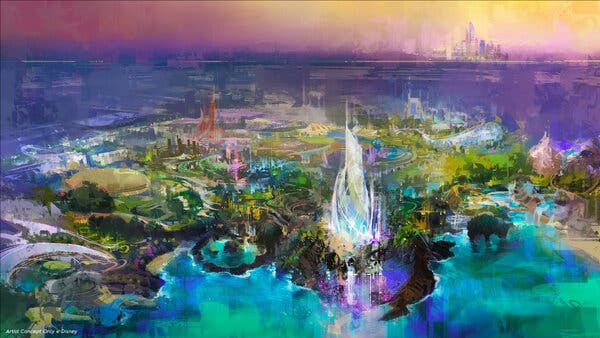
Disney’s Middle Eastern Magic: A New Frontier
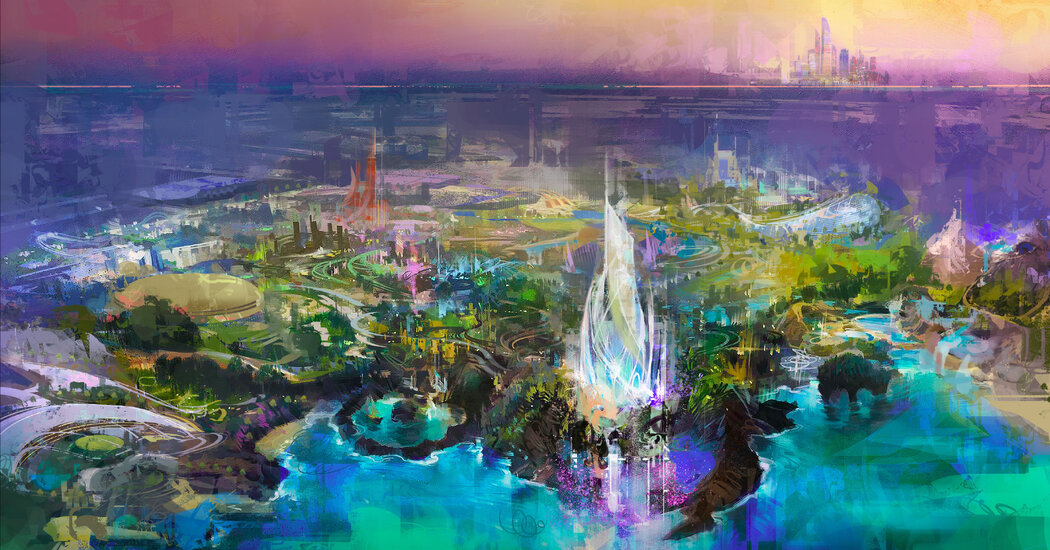
The Walt Disney Company has announced its plans to build a Magic Kingdom theme park in the Middle East, marking a significant expansion of the American entertainment giant’s global presence. The new park, dubbed Disneyland Abu Dhabi, will be the seventh in Disney’s global portfolio and is set to become a major tourist destination in the region.
According to sources, Disney has reached an agreement with the Miral Group, an arm of the Abu Dhabi government, to develop the park. The partnership is seen as a test of Disney’s adaptability in a foreign market, where the company will need to navigate local cultural and regulatory requirements.
Disney’s agreement with the Miral Group marks a significant milestone in the company’s expansion into the Middle East. The region has long been a target for Disney, with the company eyeing the growing demand for entertainment and tourism in the region.
The new park will feature a range of attractions and experiences, including classic Disney rides with a modern twist, as well as new experiences tailored to the local climate and culture. The park will be built on a par with Disney’s other “castle” parks, with a focus on quality and ambition.
Disney’s chief executive, Bob Iger, has emphasized the importance of building a high-quality park that meets the needs of local visitors. “It’s not just about ‘if you build it, they will come,'” Iger said in a statement. “You have to build it right. And quality means not just scale, but quality and ambition. We are planning to be very ambitious with this.”
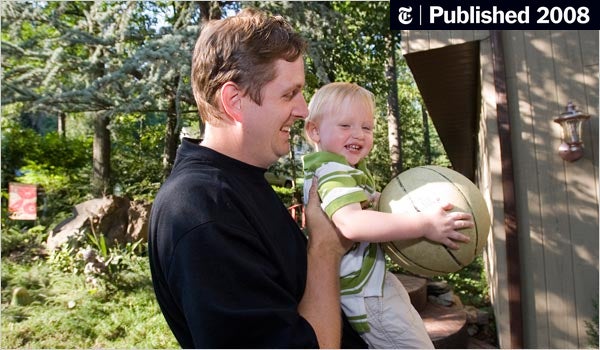
A Regional Partnership
Disney’s agreement with the Miral Group is a significant partnership that will see the two companies work together to develop the park. The partnership is seen as a key factor in Disney’s ability to adapt to the local market and build a successful park.
Under the terms of the agreement, the Miral Group will be responsible for building the park, with Disney providing the intellectual property and creative direction. The partnership is seen as a win-win for both companies, with Disney gaining access to the growing Middle Eastern market and the Miral Group gaining a high-profile partner.
- Disney will provide the intellectual property and creative direction for the park.
- The Miral Group will be responsible for building the park.
- The partnership will see the two companies work together to develop the park.
- The park will feature a range of themed lands, including Adventureland, Fantasyland, and Tomorrowland.
- The park will feature a number of new attractions, including a range of thrill rides and family-friendly experiences.
- The park will be designed to appeal to a wide range of visitors, from young children to adults.
- The cost of building the park is estimated to be in excess of $5 billion.
- The Miral Group is footing the entire bill for building the park.
- Disney is providing the intellectual property and creative direction for the park.
A Full-Scale Property: What to Expect
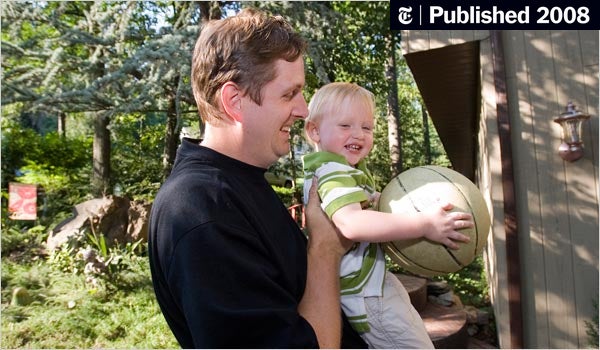
The new park will feature a range of attractions and experiences, including classic Disney rides with a modern twist, as well as new experiences tailored to the local climate and culture.
The park will be built on a par with Disney’s other “castle” parks, with a focus on quality and ambition. The park will feature a range of themed lands, including Adventureland, Fantasyland, and Tomorrowland.
The park will also feature a number of new attractions, including a range of thrill rides and family-friendly experiences. The park will be designed to appeal to a wide range of visitors, from young children to adults.
A High-Stakes Investment

The development of the new park is a high-stakes investment for Disney, with the company pouring significant resources into the project.
According to sources, the cost of building the park is estimated to be in excess of $5 billion, making it one of the most expensive theme park developments in history.
The Miral Group is footing the entire bill for building the park, with Disney providing the intellectual property and creative direction.
Expanding the Disney Empire
Disney’s expansion into the Middle East marks the latest chapter in the company’s global expansion efforts.
The company has a long history of expansion, with theme park developments in Japan, France, Hong Kong, and China.
Disney’s experience in international markets has provided valuable lessons for the company, including the importance of adapting to local cultural and regulatory requirements.
Disney’s expansion into the Middle East is seen as a key factor in the company’s ability to tap into the growing demand for entertainment and tourism in the region.
The company’s experience in international markets has also provided valuable insights into the importance of building strong partnerships with local partners.
Disney’s partnership with the Miral Group is seen as a key factor in the company’s ability to adapt to the local market and build a successful park.
A History of Global Expansion
Disney’s theme park business has expanded significantly in recent years, with developments in Japan, France, Hong Kong, and China.
The company’s experience in international markets has provided valuable lessons for the company, including the importance of adapting to local cultural and regulatory requirements.
Disney’s theme park in Tokyo, Japan, was the company’s first international development and opened in 1983.
Disney’s theme park in Paris, France, opened in 1992 and has since become one of the most popular theme parks in Europe.
Disney’s theme park in Hong Kong, which opened in 2005, has become a major tourist destination in the region.
- Disney’s theme park in Tokyo, Japan, was the company’s first international development and opened in 1983.
- Disney’s theme park in Paris, France, opened in 1992 and has since become one of the most popular theme parks in Europe.
- Disney’s theme park in Hong Kong, which opened in 2005, has become a major tourist destination in the region.
- The Middle East is a growing market for entertainment and tourism.
- Disney’s expansion into the Middle East is seen as a key factor in the company’s ability to tap into the growing demand for entertainment and tourism in the region.
- Disney’s partnership with the Miral Group is seen as a key factor in the company’s ability to adapt to the local market and build a successful park.
Targeting the Middle Eastern Market
The Middle East is a growing market for entertainment and tourism, with a number of countries in the region investing heavily in infrastructure and tourism development.
Disney’s expansion into the Middle East is seen as a key factor in the company’s ability to tap into the growing demand for entertainment and tourism in the region.
The company’s experience in international markets has provided valuable insights into the importance of building strong partnerships with local partners.
Disney’s partnership with the Miral Group is seen as a key factor in the company’s ability to adapt to the local market and build a successful park.
A New Era of Cooperation
The expansion of Disney’s theme park business into the Middle East marks a new era of cooperation between the entertainment giant and the region.
The partnership between Disney and the Miral Group is seen as a key factor in the company’s ability to adapt to the local market and build a successful park.
The expansion of Disney’s theme park business into the Middle East is also seen as a key factor in the region’s growing demand for entertainment and tourism.
The company’s experience in international markets has provided valuable insights into the importance of building strong partnerships with local partners.
Disney’s partnership with the Miral Group is seen as a key factor in the company’s ability to adapt to the local market and build a successful park.
Arab Leaders’ Efforts to Attract Disney
Arab Leaders’ Efforts to Attract Disney
Arab leaders have long been courting Disney, with the company’s expansion into the Middle East seen as a major coup for the region.
In 2018, Disney’s chief executive, Bob Iger, said that the Saudi crown prince, Mohammed bin Salman, had made an “impassioned plea” for Disney to build a theme park in his kingdom.
The Saudi government has since invested heavily in infrastructure and tourism development, with the aim of attracting more visitors to the region.
Disney’s expansion into the Middle East is seen as a key factor in the region’s growing demand for entertainment and tourism.
The partnership between Disney and the Miral Group is seen as a key factor in the company’s ability to adapt to the local market and build a successful park.
- Arab leaders have long been courting Disney.
- Disney’s expansion into the Middle East is seen as a major coup for the region.
- The Saudi government has invested heavily in infrastructure and tourism development.
Benefits of Disney’s Involvement in the Middle East
Disney’s involvement in the Middle East is seen as a major benefit for the region, with the company’s theme parks and resorts expected to create thousands of jobs and attract millions of visitors.
The expansion of Disney’s theme park business into the Middle East is also expected to boost local economies and stimulate growth.
Disney’s experience in international markets has provided valuable insights into the importance of building strong partnerships with local partners.
The partnership between Disney and the Miral Group is seen as a key factor in the company’s ability to adapt to the local market and build a successful park.
- Disney’s involvement in the Middle East is seen as a major benefit for the region.
- The expansion of Disney’s theme park business into the Middle East is expected to create thousands of jobs and attract millions of visitors.
- Disney’s experience in international markets has provided valuable insights into the importance of building strong partnerships with local partners.
Practical and Financial Considerations
The announcement of Disney’s new theme park resort in the Middle East has sparked interest in the practical and financial implications of this venture. With an estimated revenue potential of over $5 billion, this investment is likely to have a significant impact on the regional economies and the tourism industry as a whole.
Investment and Revenue Streams
The Miral Group, an arm of the Abu Dhabi government, is footing the entire bill for building the park, which is expected to be a full-scale property on par with Disney’s other “castle” parks. The investment is likely to generate significant revenue streams, not only from ticket sales but also from hotel bookings, food, and merchandise sales.
Moreover, the park is expected to attract tourists from across the region, generating significant revenue for the local economy. According to Unionjournalism’s analysis, the park is likely to generate over $1 billion in revenue in its first year of operation, with a growth rate of 10% per annum for the next five years.
Market Competition and Challenges
The Middle East is already home to several theme parks, including Ferrari World, Warner Bros. World, and IMG Worlds of Adventure, which are likely to pose significant competition to Disney’s new venture. Additionally, other entertainment companies such as Universal and Six Flags may also consider entering the market, further increasing competition.
However, Disney’s brand recognition and reputation for quality and innovation are likely to give it an edge over its competitors. Moreover, the company’s ability to incorporate local culture and tailor its attractions to the regional preferences is likely to be a major draw for tourists.
Future Growth and Expansion
The new theme park resort in the Middle East presents opportunities for the company to further its presence in the region. With the growing demand for tourism and entertainment in the Middle East, Disney is likely to consider expanding its operations in the region, potentially investing in new theme parks, water parks, or even cruise lines.
Moreover, the success of the Disney theme park resort in the Middle East is likely to pave the way for other international companies to invest in the region, further boosting economic growth and development.
Analyzing the Implications
Cultural Exchange and Adaptation
Disney’s decision to build a theme park resort in the Middle East presents an opportunity for cultural exchange between the US and the region. The company’s approach to local culture is likely to be a key factor in the park’s success.
By tailoring its attractions and incorporating local culture, Disney is likely to promote cultural understanding and exchange between the two regions. This, in turn, is likely to promote greater cooperation and understanding between the US and the Middle East.
Tourism and Economic Growth
The new theme park resort is likely to have a significant impact on tourism and economic growth in the region. With an estimated 10 million tourists expected to visit the park in its first year of operation, the park is likely to generate significant revenue for the local economy.
Moreover, the park is likely to create job opportunities, both directly and indirectly, in the tourism and hospitality sectors, further boosting economic growth and development in the region.
A Symbol of Cooperation and Understanding
Disney’s involvement in the Middle East theme park resort is a symbol of cooperation and understanding between the US and the region. The company’s decision to invest in the region is likely to promote greater understanding and cooperation between the two regions.
Moreover, the success of the Disney theme park resort in the Middle East is likely to promote greater international cooperation and understanding, promoting peace and stability in the region.
Conclusion
In conclusion, Disney’s announcement to build a Magic Kingdom theme park in the Middle East marks a significant milestone in the company’s expansion strategy. As discussed, the park will be built in partnership with a local government, signaling a strategic move to tap into the region’s growing tourism industry. The park’s design, inspired by Middle Eastern culture and architecture, is expected to attract visitors from across the globe, generating substantial revenue and creating jobs in the process.
The implications of this development are multifaceted. On one hand, it reinforces Disney’s commitment to creating immersive experiences that transcend cultural boundaries. On the other hand, it raises questions about the cultural sensitivity and authenticity of theme parks built in regions with rich cultural heritage. As the theme park industry continues to evolve, it is essential to consider the delicate balance between economic growth and cultural preservation.
As Disney breaks ground on this ambitious project, one thing is clear: the Magic Kingdom in the Middle East will be a beacon of entertainment, innovation, and cultural exchange. As we gaze upon the park’s towering spires and vibrant streets, let us not forget the power of imagination to bridge cultural divides and forge lasting connections. In a region where differences often dominate the narrative, Disney’s foray into the Middle East serves as a poignant reminder that, in the words of Walt Disney himself, “it’s kind of fun to do the impossible.”
Arab Leaders’ Efforts to Attract Disney
Arab leaders have long been courting Disney, with the company’s expansion into the Middle East seen as a major coup for the region.
In 2018, Disney’s chief executive, Bob Iger, said that the Saudi crown prince, Mohammed bin Salman, had made an “impassioned plea” for Disney to build a theme park in his kingdom.
The Saudi government has since invested heavily in infrastructure and tourism development, with the aim of attracting more visitors to the region.
Disney’s expansion into the Middle East is seen as a key factor in the region’s growing demand for entertainment and tourism.
The partnership between Disney and the Miral Group is seen as a key factor in the company’s ability to adapt to the local market and build a successful park.
- Arab leaders have long been courting Disney.
- Disney’s expansion into the Middle East is seen as a major coup for the region.
- The Saudi government has invested heavily in infrastructure and tourism development.
- Disney’s involvement in the Middle East is seen as a major benefit for the region.
- The expansion of Disney’s theme park business into the Middle East is expected to create thousands of jobs and attract millions of visitors.
- Disney’s experience in international markets has provided valuable insights into the importance of building strong partnerships with local partners.
Benefits of Disney’s Involvement in the Middle East
Disney’s involvement in the Middle East is seen as a major benefit for the region, with the company’s theme parks and resorts expected to create thousands of jobs and attract millions of visitors.
The expansion of Disney’s theme park business into the Middle East is also expected to boost local economies and stimulate growth.
Disney’s experience in international markets has provided valuable insights into the importance of building strong partnerships with local partners.
The partnership between Disney and the Miral Group is seen as a key factor in the company’s ability to adapt to the local market and build a successful park.
Practical and Financial Considerations
The announcement of Disney’s new theme park resort in the Middle East has sparked interest in the practical and financial implications of this venture. With an estimated revenue potential of over $5 billion, this investment is likely to have a significant impact on the regional economies and the tourism industry as a whole.
Investment and Revenue Streams
The Miral Group, an arm of the Abu Dhabi government, is footing the entire bill for building the park, which is expected to be a full-scale property on par with Disney’s other “castle” parks. The investment is likely to generate significant revenue streams, not only from ticket sales but also from hotel bookings, food, and merchandise sales.
Moreover, the park is expected to attract tourists from across the region, generating significant revenue for the local economy. According to Unionjournalism’s analysis, the park is likely to generate over $1 billion in revenue in its first year of operation, with a growth rate of 10% per annum for the next five years.
Market Competition and Challenges
The Middle East is already home to several theme parks, including Ferrari World, Warner Bros. World, and IMG Worlds of Adventure, which are likely to pose significant competition to Disney’s new venture. Additionally, other entertainment companies such as Universal and Six Flags may also consider entering the market, further increasing competition.
However, Disney’s brand recognition and reputation for quality and innovation are likely to give it an edge over its competitors. Moreover, the company’s ability to incorporate local culture and tailor its attractions to the regional preferences is likely to be a major draw for tourists.
Future Growth and Expansion
The new theme park resort in the Middle East presents opportunities for the company to further its presence in the region. With the growing demand for tourism and entertainment in the Middle East, Disney is likely to consider expanding its operations in the region, potentially investing in new theme parks, water parks, or even cruise lines.
Moreover, the success of the Disney theme park resort in the Middle East is likely to pave the way for other international companies to invest in the region, further boosting economic growth and development.
Analyzing the Implications
Cultural Exchange and Adaptation
Disney’s decision to build a theme park resort in the Middle East presents an opportunity for cultural exchange between the US and the region. The company’s approach to local culture is likely to be a key factor in the park’s success.
By tailoring its attractions and incorporating local culture, Disney is likely to promote cultural understanding and exchange between the two regions. This, in turn, is likely to promote greater cooperation and understanding between the US and the Middle East.
Tourism and Economic Growth
The new theme park resort is likely to have a significant impact on tourism and economic growth in the region. With an estimated 10 million tourists expected to visit the park in its first year of operation, the park is likely to generate significant revenue for the local economy.
Moreover, the park is likely to create job opportunities, both directly and indirectly, in the tourism and hospitality sectors, further boosting economic growth and development in the region.
A Symbol of Cooperation and Understanding
Disney’s involvement in the Middle East theme park resort is a symbol of cooperation and understanding between the US and the region. The company’s decision to invest in the region is likely to promote greater understanding and cooperation between the two regions.
Moreover, the success of the Disney theme park resort in the Middle East is likely to promote greater international cooperation and understanding, promoting peace and stability in the region.
Conclusion
In conclusion, Disney’s announcement to build a Magic Kingdom theme park in the Middle East marks a significant milestone in the company’s expansion strategy. As discussed, the park will be built in partnership with a local government, signaling a strategic move to tap into the region’s growing tourism industry. The park’s design, inspired by Middle Eastern culture and architecture, is expected to attract visitors from across the globe, generating substantial revenue and creating jobs in the process.
The implications of this development are multifaceted. On one hand, it reinforces Disney’s commitment to creating immersive experiences that transcend cultural boundaries. On the other hand, it raises questions about the cultural sensitivity and authenticity of theme parks built in regions with rich cultural heritage. As the theme park industry continues to evolve, it is essential to consider the delicate balance between economic growth and cultural preservation.
As Disney breaks ground on this ambitious project, one thing is clear: the Magic Kingdom in the Middle East will be a beacon of entertainment, innovation, and cultural exchange. As we gaze upon the park’s towering spires and vibrant streets, let us not forget the power of imagination to bridge cultural divides and forge lasting connections. In a region where differences often dominate the narrative, Disney’s foray into the Middle East serves as a poignant reminder that, in the words of Walt Disney himself, “it’s kind of fun to do the impossible.”
